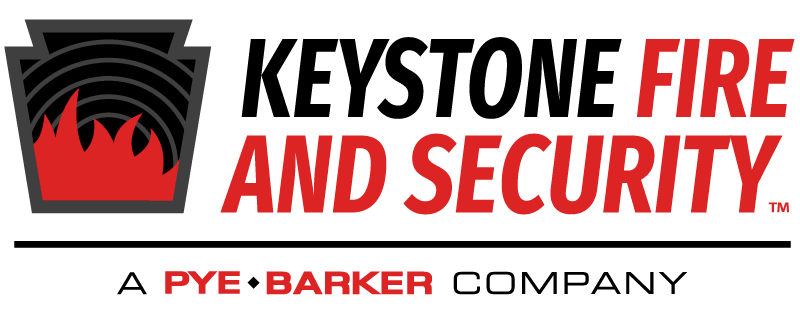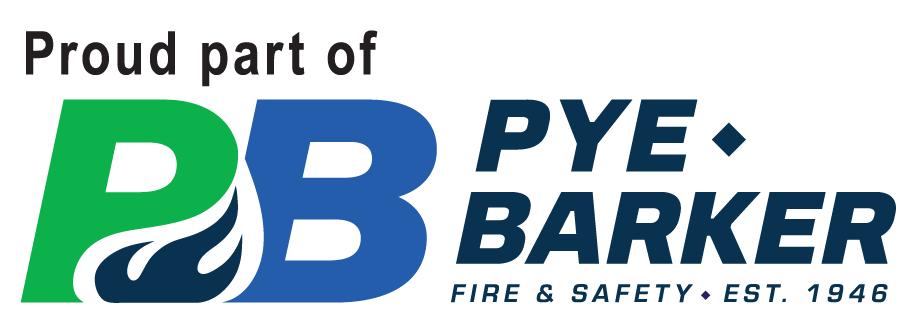It has become more apparent over the years how important it is to have adequate fire protection in every building. For most people, what comes to mind when they think of fire protection are smoke detectors and fire extinguishers. However, these two elements only cover a small portion of the protection services you should have at all times. There are many parts of a building’s fire protection that often go overlooked or are completely forgotten about. There are in fact two types of fire protection: Active Fire Protection (AFP) and Passive Fire Protection (PFP). One type of protection must not be chosen over the other. On the contrary, both AFP and PFP must be used together for full fire protection. It is important to understand the difference between AFP and PFP so that you are confident that your building is protected by both types.
Active Fire Protection:
Active Fire Protection consists of the components of fire protection that require some kind of action to work. This action may be manual, like using a fire extinguisher, or automatic like the sprinkler system dousing flames. The action that results from active fire protection is triggered by some sort of alert or signal. The action itself will help contain, suppress, or extinguish a fire that has already started. Although fire suppression systems are the most obvious examples of AFP, fire detection or fire alarm systems are equally as important and are also considered AFP. After picking up a signal, these systems will trigger a response such as alerting the fire department, activating sprinklers, or closing fire doors. Working fire alarm system and fire suppression systems can greatly increase your chances of suppressing a fire or even extinguishing it before it causes harm.

Passive Fire Protection
Passive Fire protection is frequently overlooked but is a fundamental component of your fire protection. Despite its name, it is always working. PFP are a set of components used to compartmentalized a building in order to keep a fire from spreading and require no action to work. Passive fire protection is usually structural and built into the building. By using fire-resistant walls and floors, PFP gives people time to escape from a building that has a fire. Other examples of PFP include dampers which prevent the spread of fire and smoke through a building’s ductwork, and fire doors which compartmentalize fires. Fire-proofing successfully compartmentalizes fires and keeps damage to a minimum by eliminating possible fuel a fire could use to spread or ignite with in the first place. A small fire or a fire restricted to a small area gives you a greater chance of putting it out, avoiding costs, and avoiding injury.
Why you need both
There is no argument over which type of protection is better. Active Fire Protection and Passive Fire Protection perform fundamentally different tasks that are equally as important. Active Fire protection takes action in order to put out a fire. Passive Fire Protection will help prevent a fire from spreading or resist the initial ignition. They work together by alerting people inside the building of a fire and safely containing the fire so that people may evacuate and/or try to suppress the fire. Marco Protection Systems LLC. provides active fire protection services like installation of fire suppression systems. Marco also provides passive fire protection services by helping design code compliant fire protection systems. To adequately protect your property, employees, clients and yourself, contact Marco Protection Systems LLC today.

